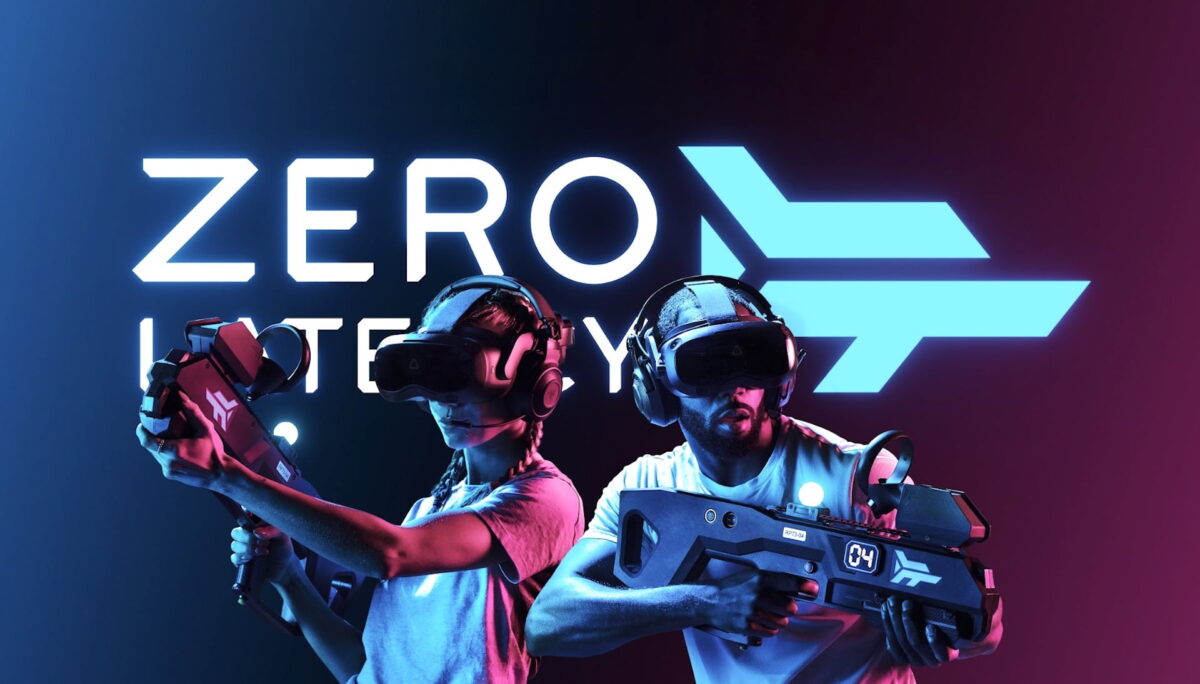Zero latency: high-end VR arcade upgrades to HTC Vive Focus 3

Global VR arcade chain Zero Latency is scrapping backpack PCs and switching to the Vive Focus 3.
Zero Latency is one of the most well-known and successful VR arcades, operating 57 locations in 26 countries. The arcades allow up to eight visitors at a time to immerse themselves in one of eight VR adventures, with all content developed exclusively for Zero Latency
The most popular VR game is Far Cry VR, which was developed together with Ubisoft. Also on offer are the apocalyptic zombie adventure Undead Arena, the weightless space mission Singularity and the competitive shooter game Sol Raiders. Guests can move freely and shoot with a plastic gun that is spatially perceived and offers haptic feedback.
Zero Latency's VR arcades have seen more than two million visitors since the first location opened in 2015.
Standalone and VR streaming are worthwhile upgrades for arcades
The arcade chain regularly upgrades its hardware. In 2021, it switched to the HP Reverb G2, and now it's following up with another upgrade in partnership with HTC.
Zero Latency will rely on the HTC Vive Focus 3 in the future. It has a slightly higher resolution than the HP Reverb G2 (2,448 x 2,448 pixels instead of 2,160 x 2,160 pixels per eye) and runs self-contained.
The latter has the advantage that backpack PCs become superfluous. This saves costs and increases user comfort because guests do not have to shoulder a computer as well.
The video image and sound are calculated locally and streamed to multiple VR headsets simultaneously. The Vive Focus 3 supports Wi-Fi 6E, making it ideal for smooth and high-quality data transfer.
Vive Focus 3: Well-equipped for larger VR arcades
Zero-latency CEO Tim Ruse calls PC VR streaming the easiest and most natural experience yet for customers and operators.
For virtual reality arcades, the shift to standalone devices with integrated tracking is indeed revolutionary: While backpack PCs and elaborate external sensor technology were common five years ago, far less hardware will be needed in the future. Acquisition and maintenance costs will drop, and the experience will benefit.
The Vive Focus 3 is well positioned for this change. HTC optimized the headset for arcade use: Thanks to software updates, the self-sufficient VR headset is equipped for high-quality PC VR streaming, large tracking areas of up to 1,000 square meters and so-called co-location, in which the devices locate each other in the room.
The switch is scheduled to take place globally in the summer of 2022. I asked Zero Latency Munich if and when the VR arcade will switch to Vive Focus 3. According to CEO Korbinian Gritz, a switch is likely, but could take some time due to current supply bottlenecks.
Note: Links to online stores in articles can be so-called affiliate links. If you buy through this link, MIXED receives a commission from the provider. For you the price does not change.